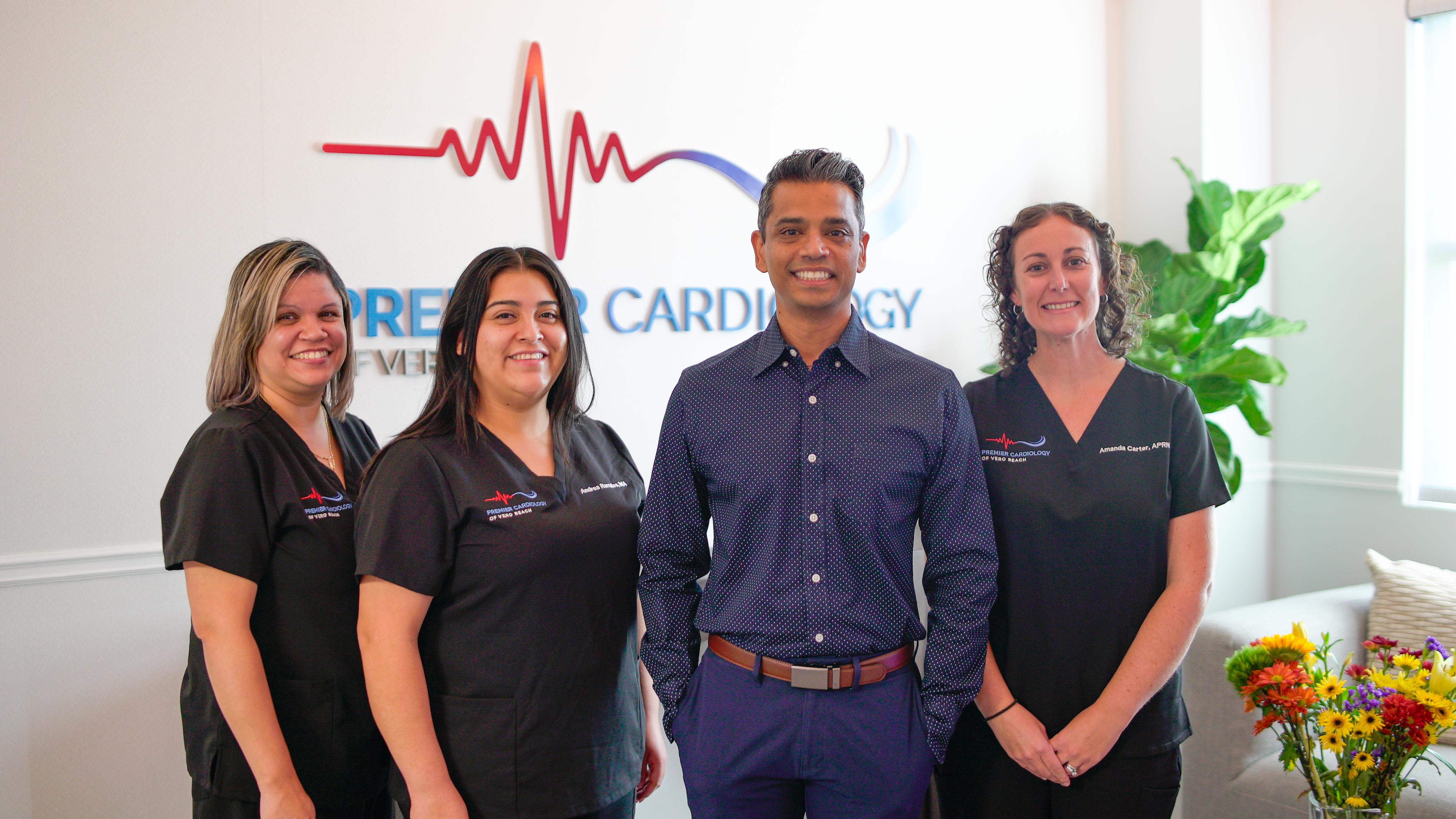
Coronary artery disease is a common and serious condition that affects millions of people worldwide. It occurs when the blood vessels that supply the heart with oxygen and nutrients become narrowed or blocked, leading to chest pain, heart attacks, and other serious complications. Over the years, medical researchers and practitioners have made significant advancements in the treatment of coronary artery disease, introducing innovative techniques and technologies to improve patient outcomes and quality of life. In this article, we will explore some of the latest innovations in coronary artery treatment that are revolutionizing the field of cardiology.
1. Bioresorbable Stents
What are Bioresorbable Stents?
Bioresorbable stents are a revolutionary advancement in the field of interventional cardiology. Unlike traditional stents made of metal, bioresorbable stents are made of a material that gradually dissolves in the body over time. This technology eliminates the long-term risks associated with permanent stents, such as restenosis and thrombosis, and allows the artery to return to its natural state once the stent has dissolved.
Benefits of Bioresorbable Stents:
- Reduced risk of long-term complications
- Improved vessel healing
- Elimination of the need for long-term dual antiplatelet therapy
2. Robotic-assisted Coronary Interventions
How do Robotic-assisted Coronary Interventions Work?
Robotic-assisted coronary interventions involve the use of a robotic system to perform complex procedures with precision and accuracy. The cardiologist controls the robotic system from a console, manipulating tiny instruments with enhanced dexterity and control. This technology allows for minimally invasive procedures, reduced radiation exposure, and improved patient outcomes.
Advantages of Robotic-assisted Coronary Interventions:
- Enhanced precision and accuracy
- Minimally invasive approach
- Reduced radiation exposure for both patients and medical staff
3. Drug-coated Balloons
What are Drug-coated Balloons?
Drug-coated balloons are a novel approach to treating coronary artery disease. During the procedure, a balloon coated with a medication is inserted into the narrowed artery and inflated to open the blockage. The medication is then delivered directly to the site of the blockage, reducing the risk of restenosis and the need for a permanent stent.
Advantages of Drug-coated Balloons:
- Local drug delivery to the target site
- Reduced risk of restenosis
- Avoidance of permanent stent placement
4. Transcatheter Aortic Valve Replacement (TAVR)
What is Transcatheter Aortic Valve Replacement?
Transcatheter aortic valve replacement, or TAVR, is a minimally invasive procedure used to treat aortic valve stenosis. During the procedure, a collapsible valve is inserted through a catheter and guided to the heart, where it is expanded to replace the diseased valve. TAVR has revolutionized the treatment of aortic valve disease, offering a less invasive alternative to traditional open-heart surgery.
Benefits of Transcatheter Aortic Valve Replacement:
- Minimally invasive approach
- Reduced risk of complications associated with open-heart surgery
- Faster recovery time and shorter hospital stay
5. Artificial Intelligence in Cardiology
How is Artificial Intelligence Used in Cardiology?
Artificial intelligence is increasingly being used in cardiology to improve diagnostic accuracy, treatment planning, and patient outcomes. AI algorithms can analyze large amounts of data, such as imaging studies and patient records, to identify patterns and make predictions. This technology is helping cardiologists make more informed decisions and personalize treatment plans for better results.
Applications of Artificial Intelligence in Cardiology:
- Image analysis for early detection of heart disease
- Risk prediction models for personalized treatment plans
- Remote monitoring of patients with cardiovascular conditions
In conclusion, the field of cardiology is evolving rapidly with the introduction of innovative technologies and treatment modalities. These advancements in coronary artery treatment are improving patient outcomes, reducing complications, and revolutionizing the way heart disease is managed. By staying informed about the latest innovations in coronary artery treatment, healthcare providers and patients can work together to make informed decisions and achieve the best possible outcomes.